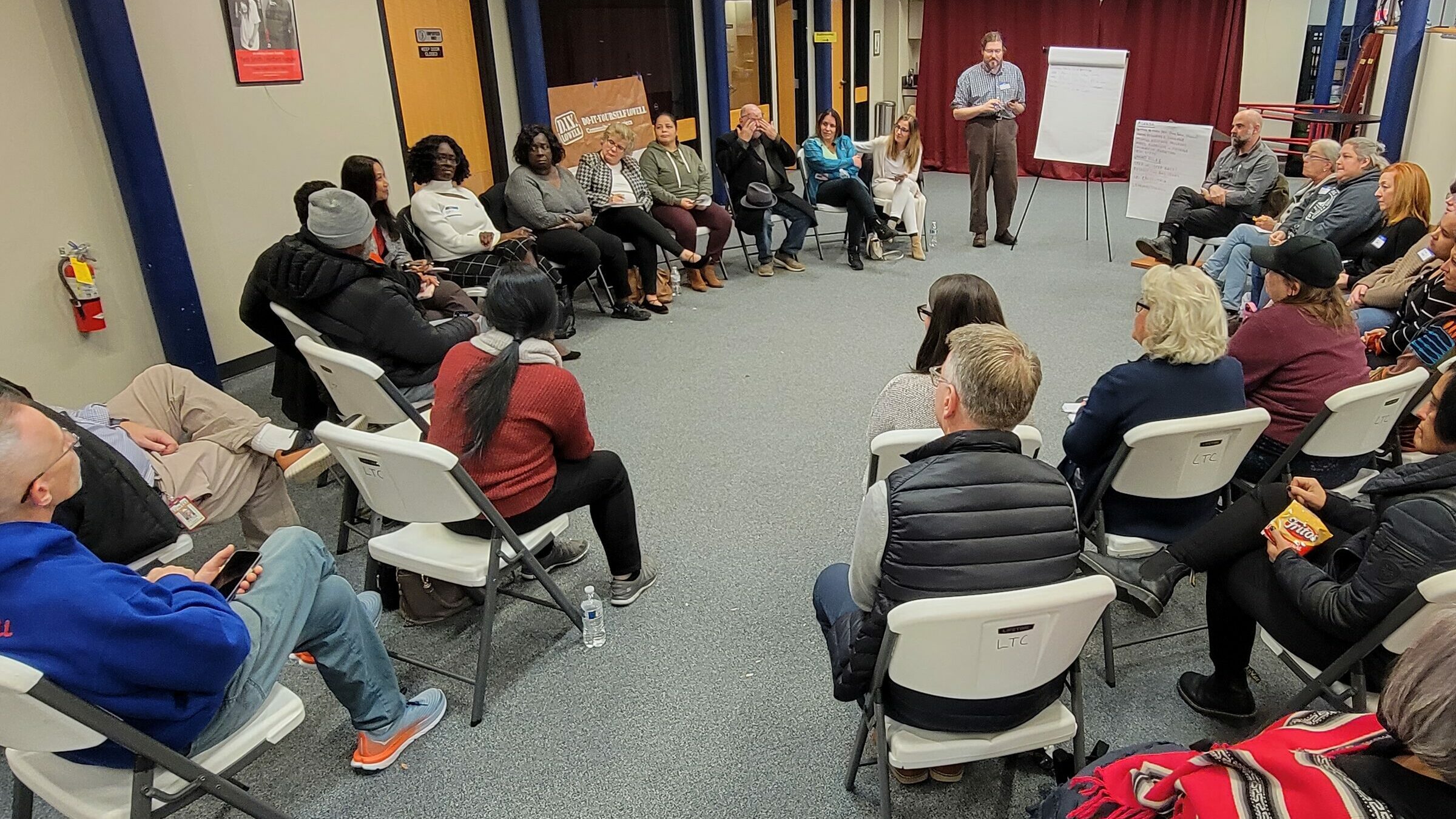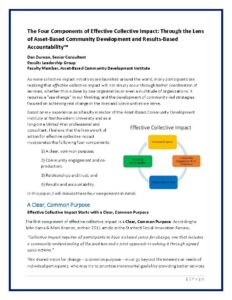
The Lowell Community Festival and Event Planners Resource Group is a place to bring everyone who helps plan events or festivals and anyone who wants to plan events or festivals. Our goal is to network, share ideas, learn about, and discuss:
- Sharing Resources and Knowledge
- Collaboration
- Networking and Peer Sharing
- Upcoming Assistance Programs
Our meetings are the first Wednesday of every “odd” month: January, March, May, July, September, November – 6 pm at LTC! Share the word with the Facebook event.
* Check the Facebook Event for rescheduling when the first Wednesday of the month is a holiday and for special meeting topics, speakers, and other details!
Resources for festival and event planners can be found here, at the Mosaic Lowell website. Mosaic Lowell is a co-sponsor of the group and the arts and culture plan for all of Lowell.
Planning an event in the City of Lowell? Visit the City of Lowell Cultural Affairs and Special Events (CASE) Website for information on permitting and more!
Whether you work with a nonprofit, a community group, or just by yourself, you are welcome! People involved with cultural festivals, fundraisers, and private events have attended, and the group is always evolving. Participate in any way that’s helpful to your festival or event!
Want to be informed about the next meeting? Join the DIY Lowell mailing list for all our events or email info@diylowell.org!
Meeting Notes
We record notes at meetings and share them here via PDF:
November 5, 2025 meeting (Special guest: Brian Bradbury, Revolutionary Valley)
October 1, 2025 meeting (Special guest: Kristi Hogan, City of Lowell Bicentennial Celebrations)
July 2, 2025 meeting (Focus on Institutions and Volunteers!)
May 7, 2025 meeting (Special guest: Gabriel Sosa, Lawrence Art Center)
March 5, 2025 meeting (Focus on Resilience!)
January 15, 2025 meeting (Special guest: Kylie Sullivan, Salem Main Streets)
March 6, 2024 meeting (Focus on Fundraising!)
February 7, 2024 meeting (Focus on Marketing!)
January 3, 2024 meeting (Focus on Volunteers!)
Collaborative Activities
One of the groups’ goals is to foster collaboration among festival organizers. This includes teaching and learning, but also includes building together a stronger community than we could alone! One model to consider is a “Collective Impact Model” which could include the following:
- A Common Agenda: Establish a shared vision that aligns with the artistic and cultural goals of the organizations involved. This could involve fostering artistic expression, cultural preservation, community engagement, or innovation in the arts.
- Shared Measurement System: Develop relevant metrics such as audience engagement, creative impact, diversity of representation, and financial sustainability. Ensure that these metrics are meaningful and measurable for all organizations involved.
- Mutually Reinforcing Activities: Identify activities that benefit the group collectively. This can include joint exhibitions, collaborative performances, shared workshops, or cross-promotion of events. The key is to ensure that these activities reinforce the shared goals and add value to each organization.
- Continuous Communication: Establish regular communication channels to ensure alignment and foster an environment of trust and mutual respect. This can be through regular meetings, shared digital platforms, or joint public statements. Communication should also extend to the broader community to engage the audience and stakeholders.
- Backbone Support: Identify or establish an entity or a coordinated effort that can provide support and coordination for the initiative. This could be a lead organization, a dedicated team, or a collaborative committee. Their role is to facilitate meetings, manage shared resources, and act as a central point of contact.
All collaborative activities are always optional. Come to learn, come to collaborate, or come to network: your choice! The collaborative impact model should enhance the ability of each organization to fulfill its mission, rather than constrain it. We’ll add any collaborative activities that are being undertaken to this page as they evolve.
For more information, see “The Four Components of Effective Collective Impact: Through the Lens of Asset-Based Community Development and Results-Based Accountability” by Dan Duncan, Asset-Based Community Development Institute. (764 kb, PDF)


